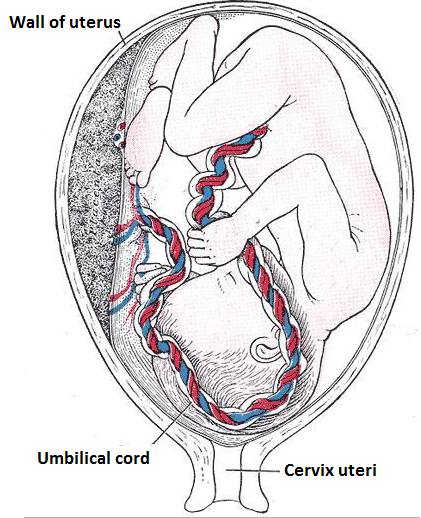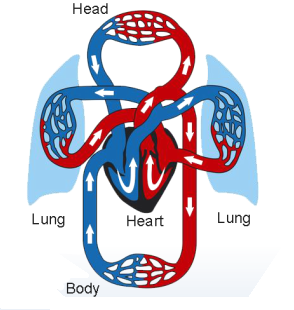Introduction to Scapula Bone: The scapula or shoulder blade is a flat, triangular-shaped bone that lies adjacent to the posterior surface of ribs 2-7. Markings of the Scapula Bone: It has three borders (superior, lateral, medial), three angles (superior, lateral, medial) and two surfaces (costal, dorsal). A prominent ridge or spine divides the dorsal surface into two, unequal parts called the supraspinous fossa and infraspinous fossa. A shallow depression at the lateral angle called the glenoid cavity accepts the head of the humerus to form the shoulder or gleno-humeral joint. 3.The scapula also articulates with the clavicle to form the shoulder girdle or pectoral girdle, which supports movements of the humerus. 4.Seventeen muscles attach to the borders, angles, ridges, bumps, processes, and fossae found on the surface of the scapula. 5.The muscles that insert on the scapu...






Comments
Post a Comment